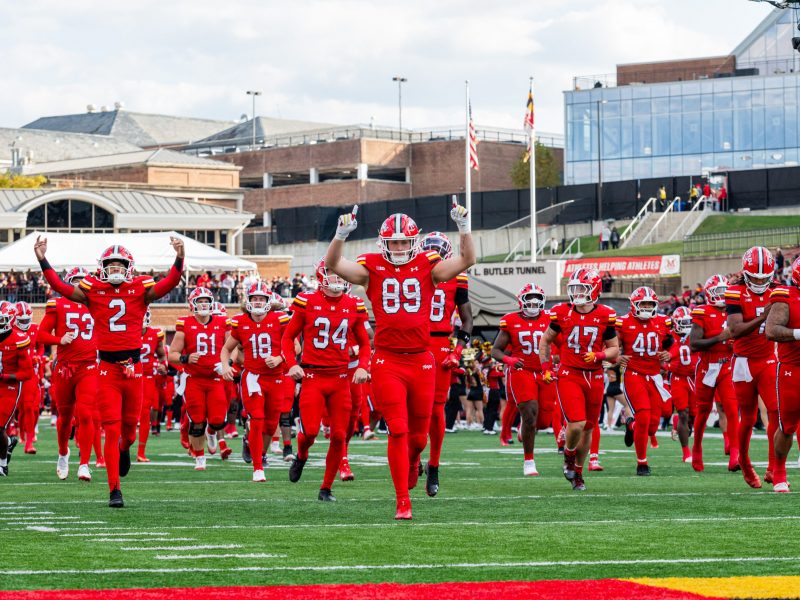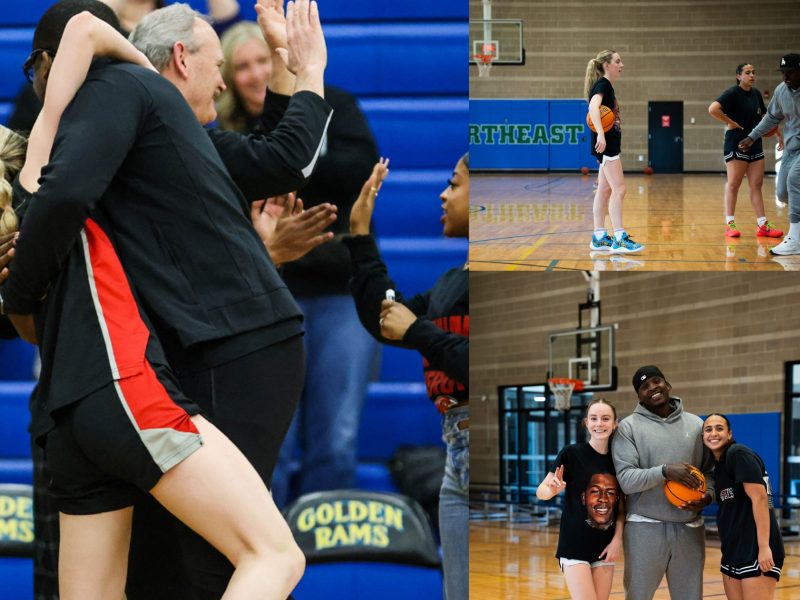
Disproving common theory
EDITOR’S NOTE: Due to an editing error, this article incorrectly stated the number of people in the Architects & Engineers for 9/11 Truth. The article has since been corrected.
Richard Gage thinks there is much more to the story behind the World Trade Center’s collapse 11 years ago.
Speaking before about 60 students and community members in Nyumburu Cultural Center on Wednesday night, Gage presented his theory that the World Trade Center’s twin towers and building seven were not destroyed by the impacts of hijacked airliners, but by explosives inside the buildings themselves. Gage is the founder of Architects & Engineers for 9/11 Truth, an organization of 1700 architects and engineers asking for a new investigation into the Sept. 11 attacks.
“I’m battling the biggest deception on the face of the planet, the most important issue of our generation, with implications that threaten the very foundation of our democracy,” Gage said. “Who’s in it with me?”
Gage argued the destruction of the World Trade Center buildings was characteristic of a controlled demolition, saying the structures collapsed suddenly and symmetrically rather than in the toppling motion characteristic of fire damage. He also noted that traces of thermite, a substance used for cutting iron, were found in the dust that erupted from the collapsing buildings. These and other factors, he said, point to a different story than the National Institute of Standards and Technology gave in its 2005and 2008 reports.
The United Youth Movement, a political advocacy group on the campus, invited Gage to speak on this controversial subject. President and co-founder Mo Farsh said the group itself does not maintain a stance on what happened on Sept. 11, but members wanted to facilitate a conversation about Gage’s theory.
“Personally I believe that Richard Gage offers a compelling argument that a university campus must hear,” Farsh said. “I mean, this is a subject that a lot of people talk about but it’s never on the mainstream media. So it goes back to our agenda as an organization on campus: to voice those that are not heard.”
After Gage’s presentation, a panel of three experts — including architecture professor and former dean Garth Rockcastle — discussed various aspects of the World Trade Center buildings’ collapse. While the panelists agreed further inquiry is needed, Rockcastle objected to Gage’s contentions.
“What disturbs me about what the arc of Richard Gage’s argument is that he renders NIST as clandestine and evil-minded,” Rockcastle said. “I’m concerned that the approach, leaving the fear open, and I’m fully aware that [Architects & Engineers for 9/11 Truth] has often and consistently declined engaging members of the NIST panel over some of these so-called facts, and that concerns me.”
At the beginning of the presentation, about a third of the audience members raised their hands saying they already agreed with Gage’s theory, while another third said they believed the official explanation. At the end of the event, about half of the audience sided with Gage.
“Now I’m not really sure what to believe,” Farsh said. “I was not a skeptic prior to, and now I’m kind of questioning it.”
Other students who attended said they also left feeling unsure whether the whole truth about Sept. 11 had been reported. However, sophomore civil engineering major John Groeger said he disagreed with Gage’s methods for getting the word out.
“He’s using all this emotional appeal and patriotic appeal to make an argument, but if his argument is solid based on science he shouldn’t have to do that,” Groeger said.
news@umdbk.com


